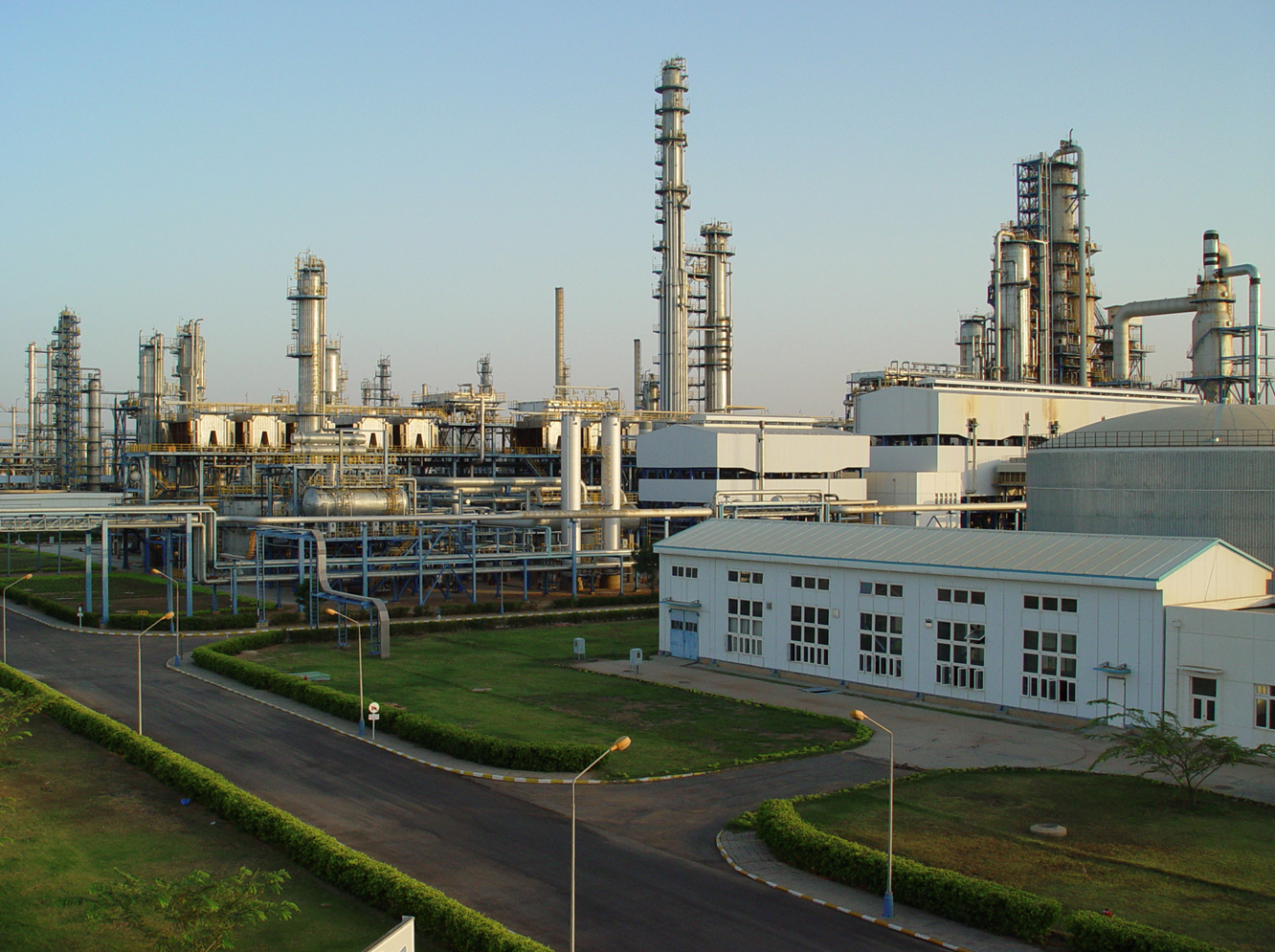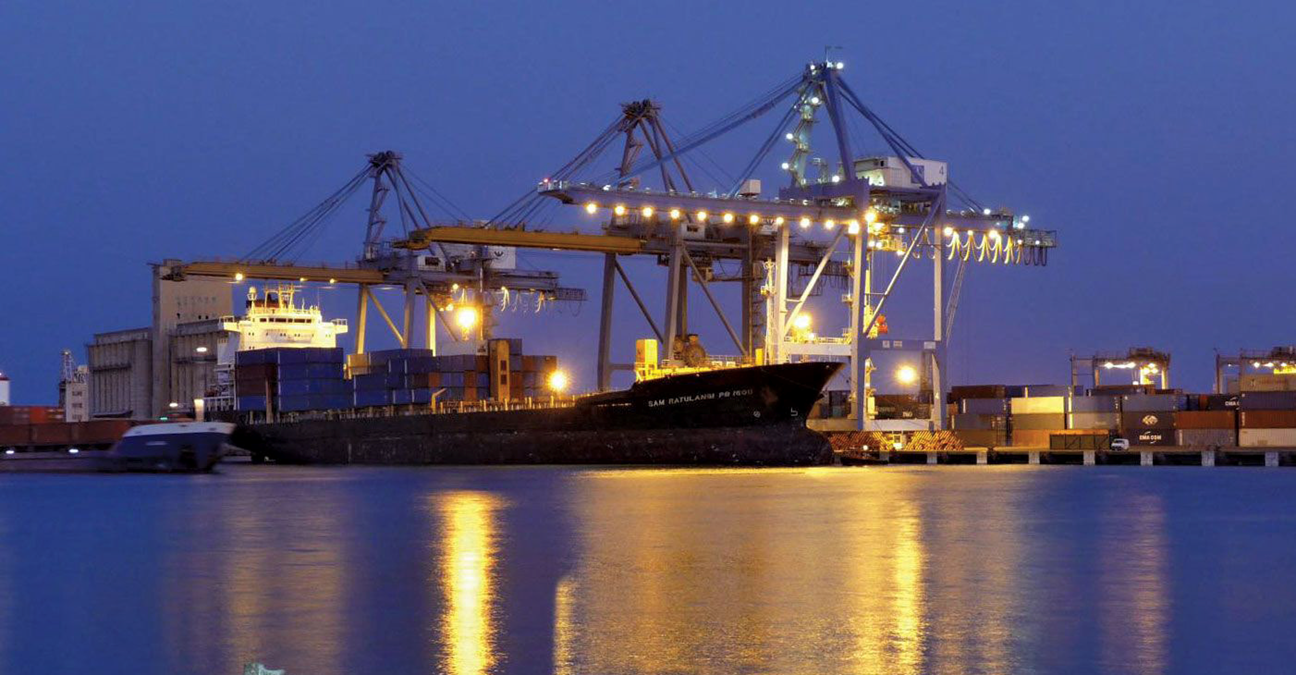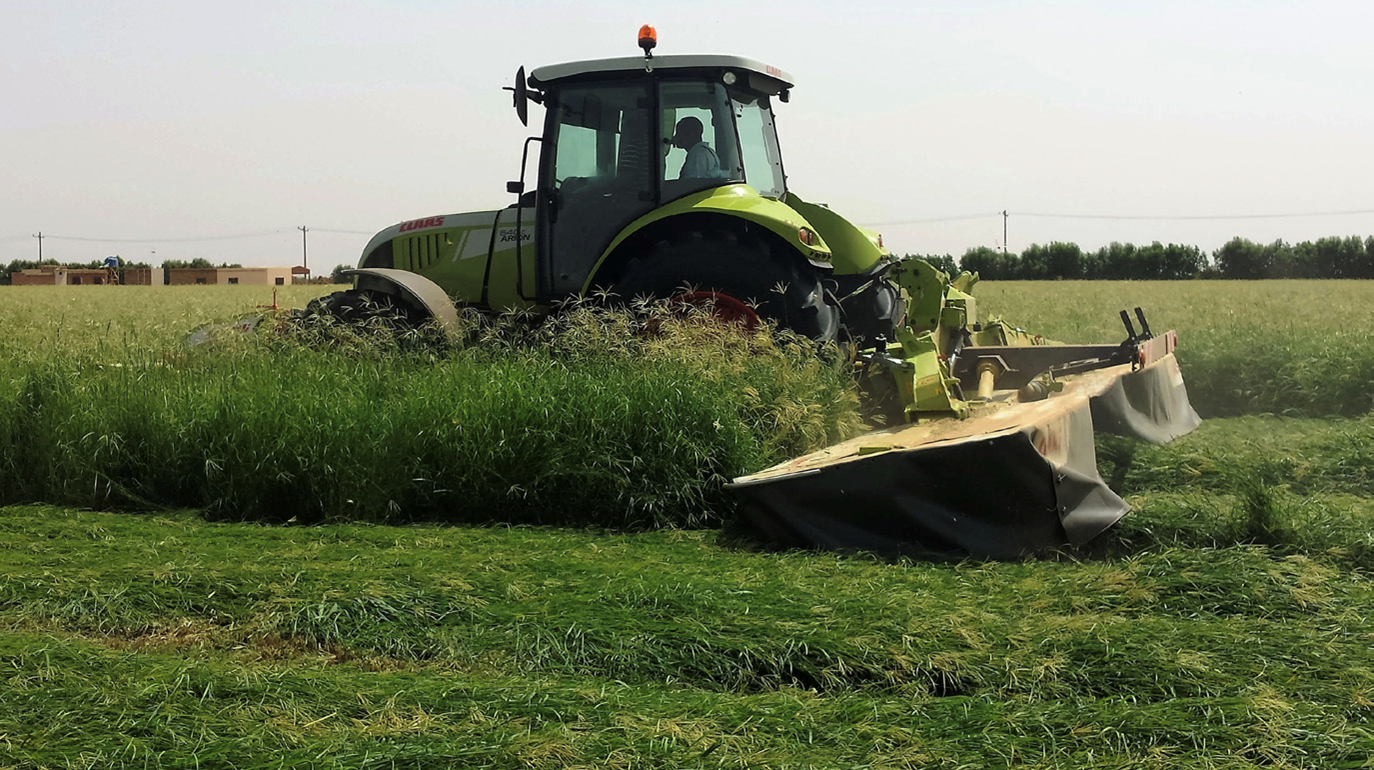Agriculture
Sudan is a country that has been given a variety of natural resources, most of which are still unutilized. Situated in northesr africa; sudan is the third larget country on the content with a total area of about 728,000 square mile.
The Nile River cross the country from South to North while the Red Sea washes about 550 miles of eastern coast making Sudan a bridge between Africa and the middle east.
70 million of heactares (equivialent to one-third of the total area) is arable, but only between 15 and 17 million hectares of this area is cultuvted through rain-fed agriculture, and between 1.5 to 1.7 million hectares is cultivated through irrigation.
Sudan, also enjoys an abundance of water, be it from the River Nile and its tributaries, or rainwater or groundwater divided as follows
River Nile: 20.5 billion cubic meters
River Nile's Tributaries: 5 billion cubic meters
Rinwater: 400 billion cubic meters
Groundwater: 5 billion cubic meters.
Sudan enjoys a huge animal wealth (livestock), including camels, cows,sheep and goats, estimated at – following South Sudan's Independence – 104 million heads, according to the animal resources ministry’s figures.
All of these advantages can make sudan the largest producer and exporter of agricultural products. Sudan’s unique geographic location to africa and the arab world, and its proximity to a number of heavily populated countries helps to create huge markets for these products.
Current Strengths:
- Vast areas of cultivable agricultural land
- Sufficient water resources to meet agricultural requirements
- Huge livestock resources potential and sizeable fish resources
- Network of agricultural faculties across the country in all agricultural specializations
- Generations of trained manpower
- Adoption of a federal system of government to encourage participation of local authorities
- Planned improvement of rural infrastructure to encourage free-market mechanisms
- Strategic geographical location in the Near East and North African region
- Commitment and political will for sustainable socio-economic rural development





